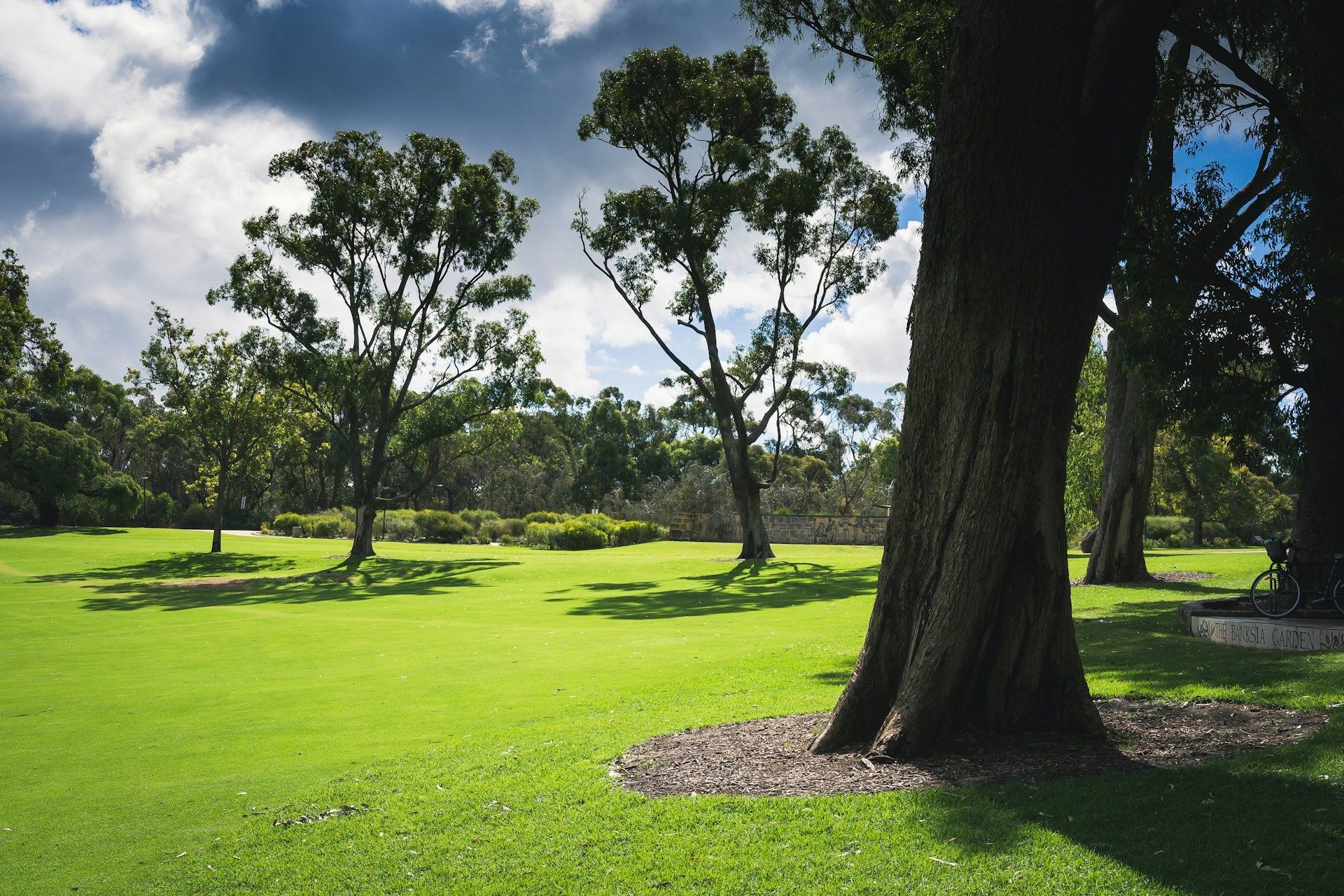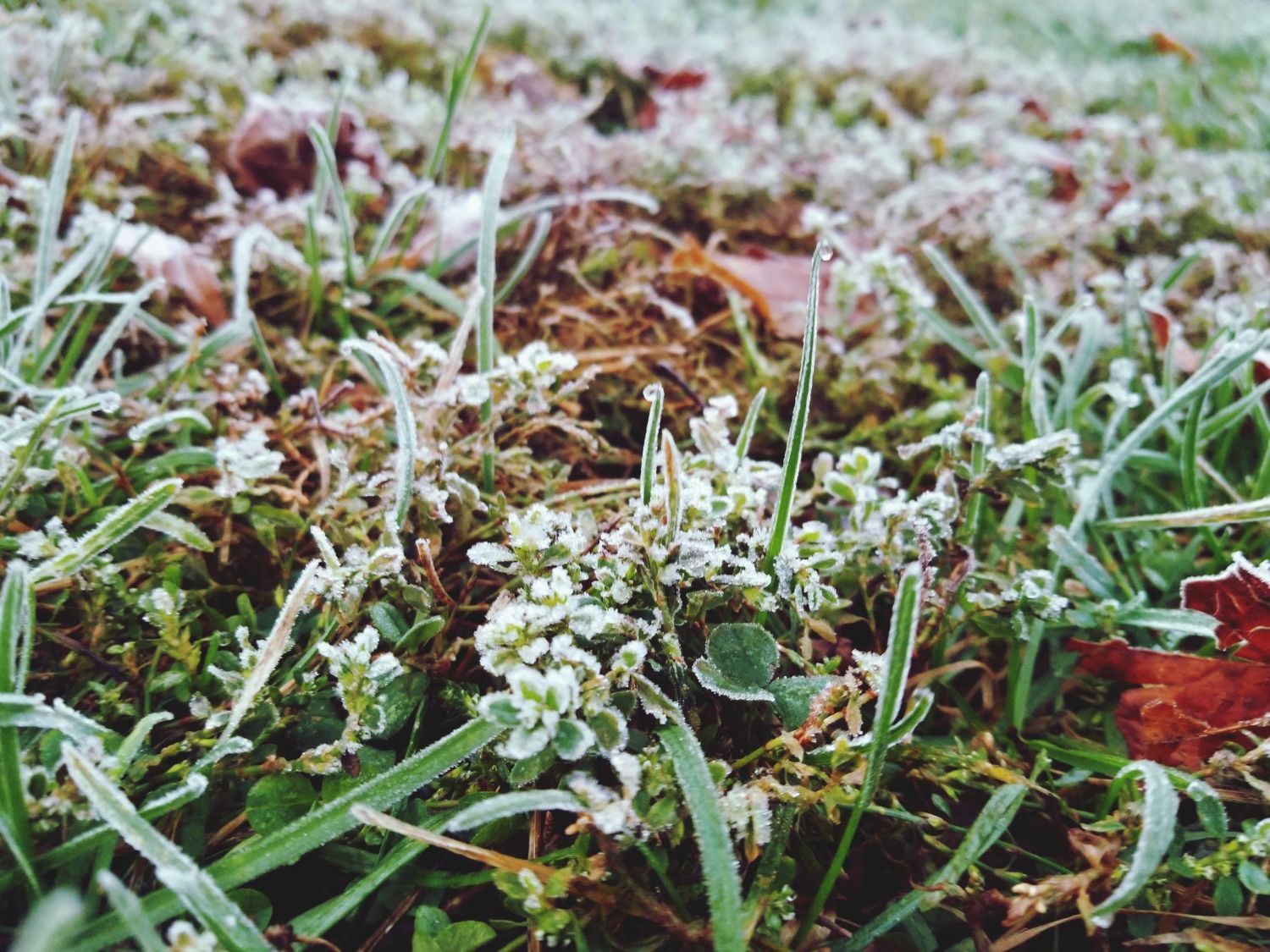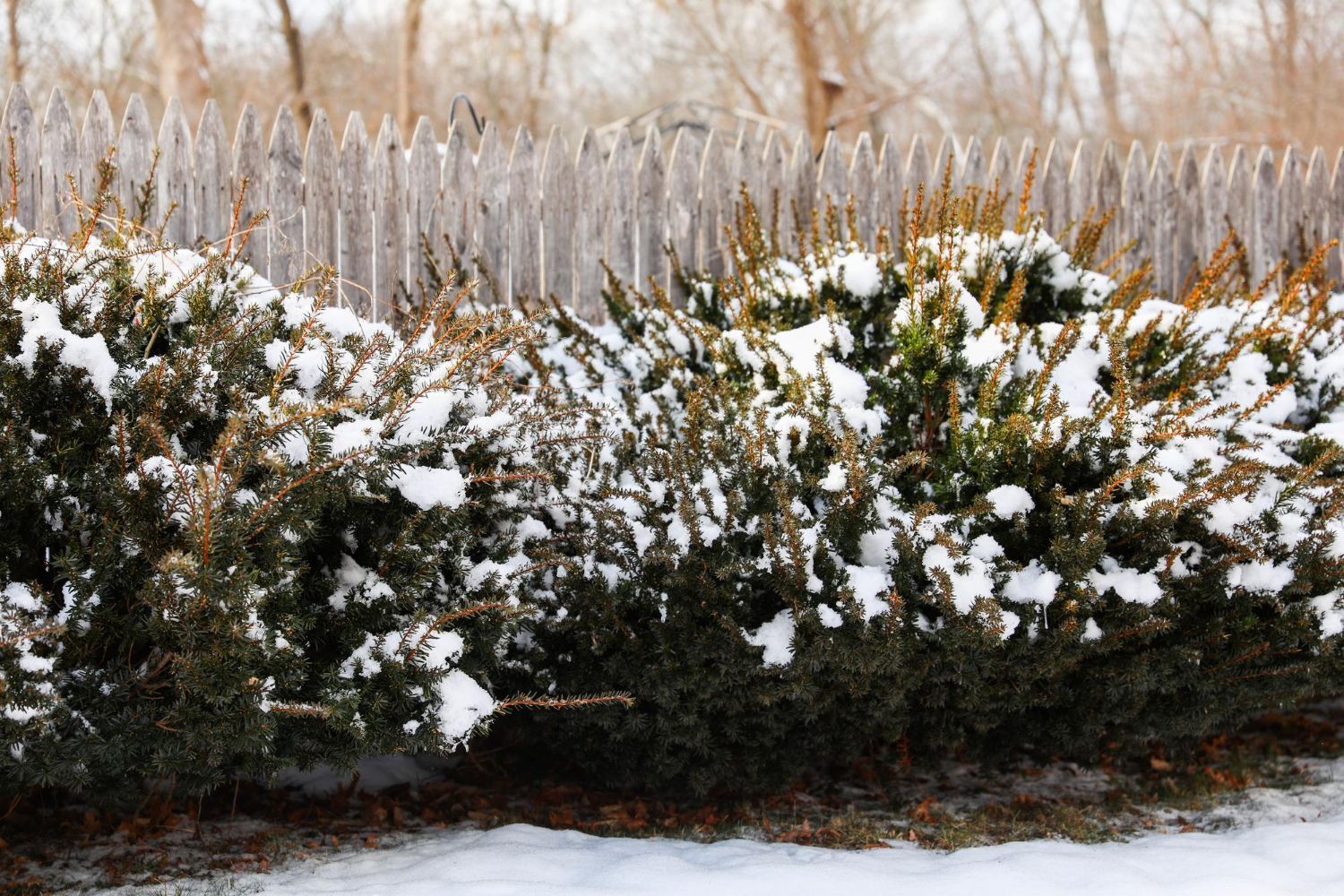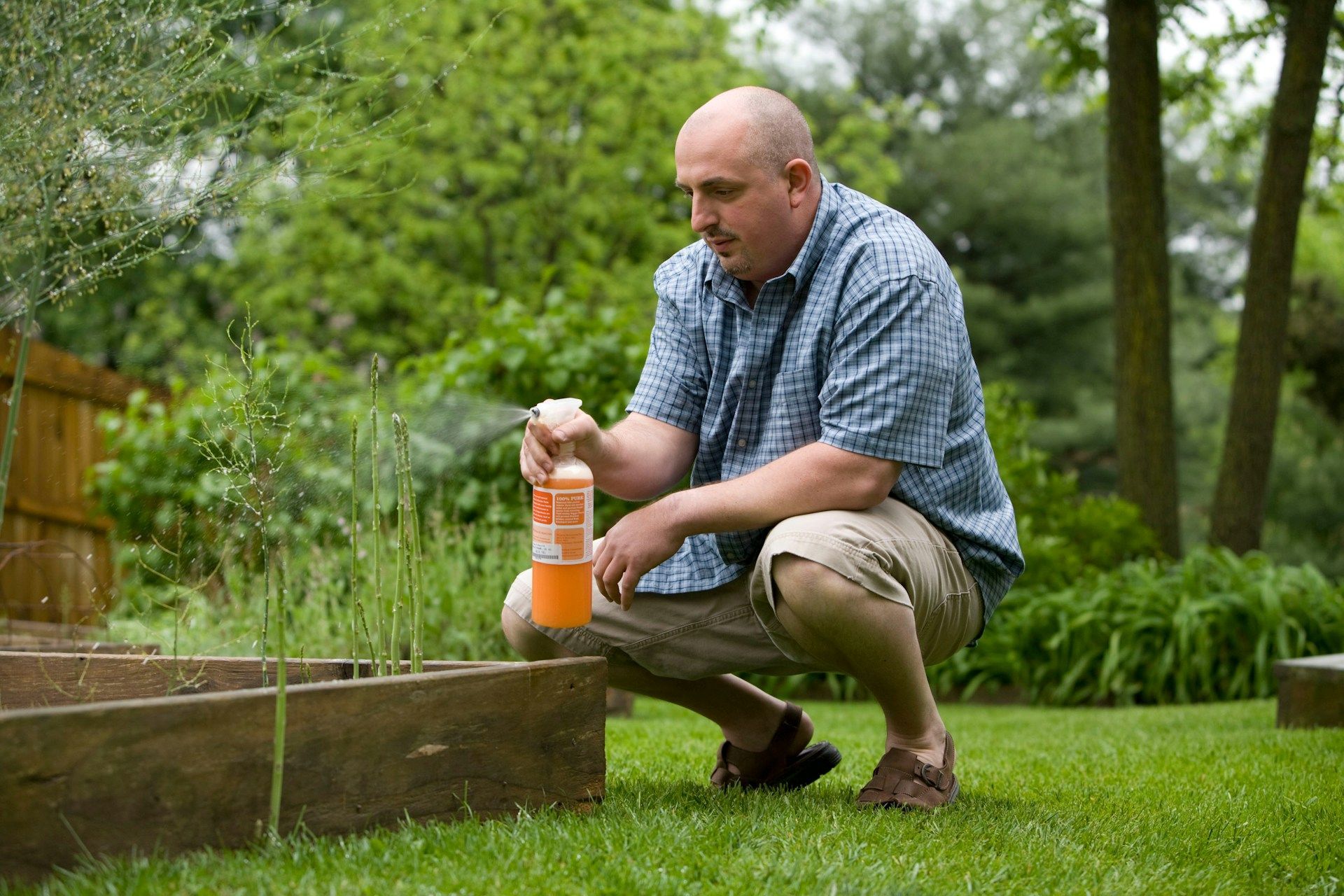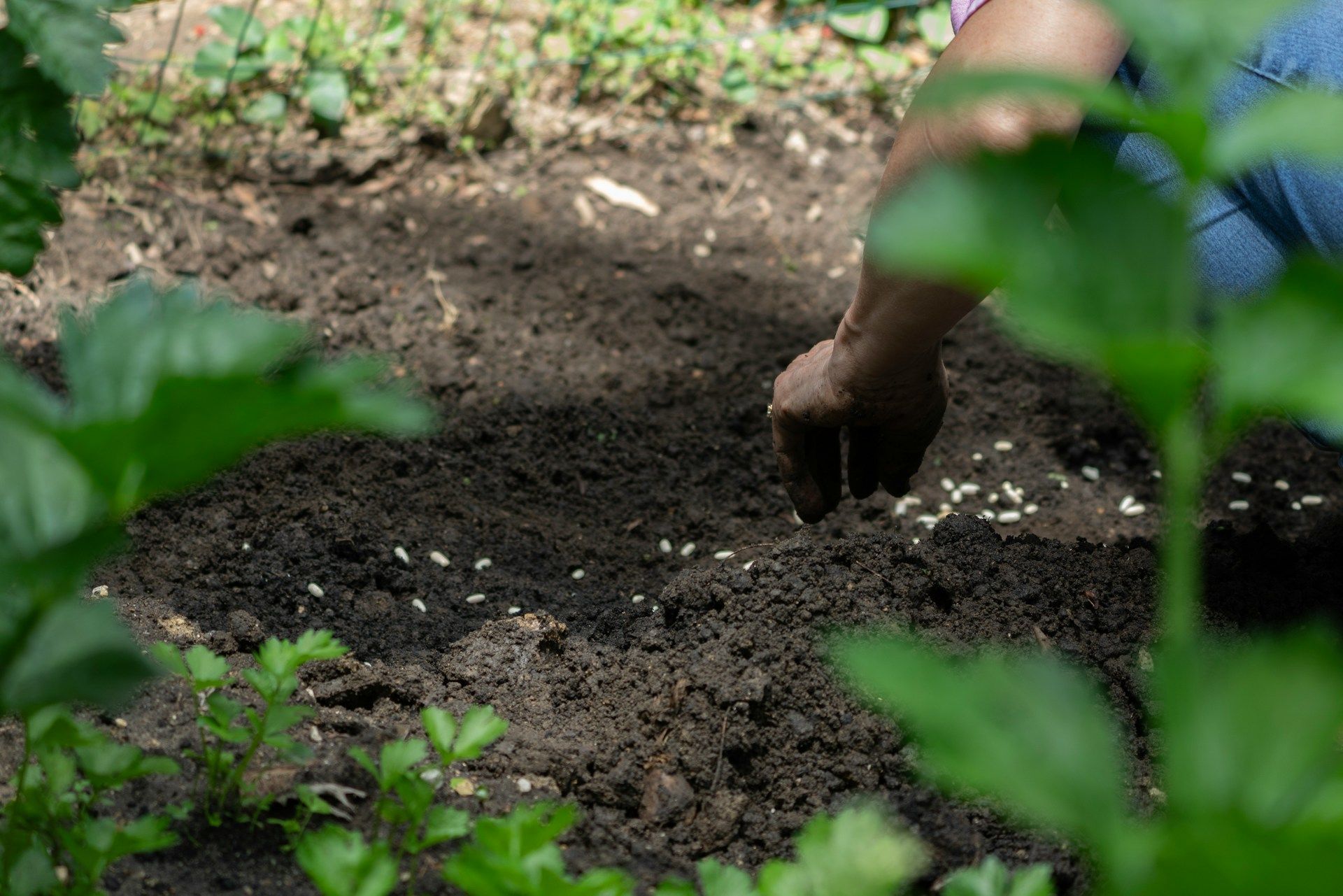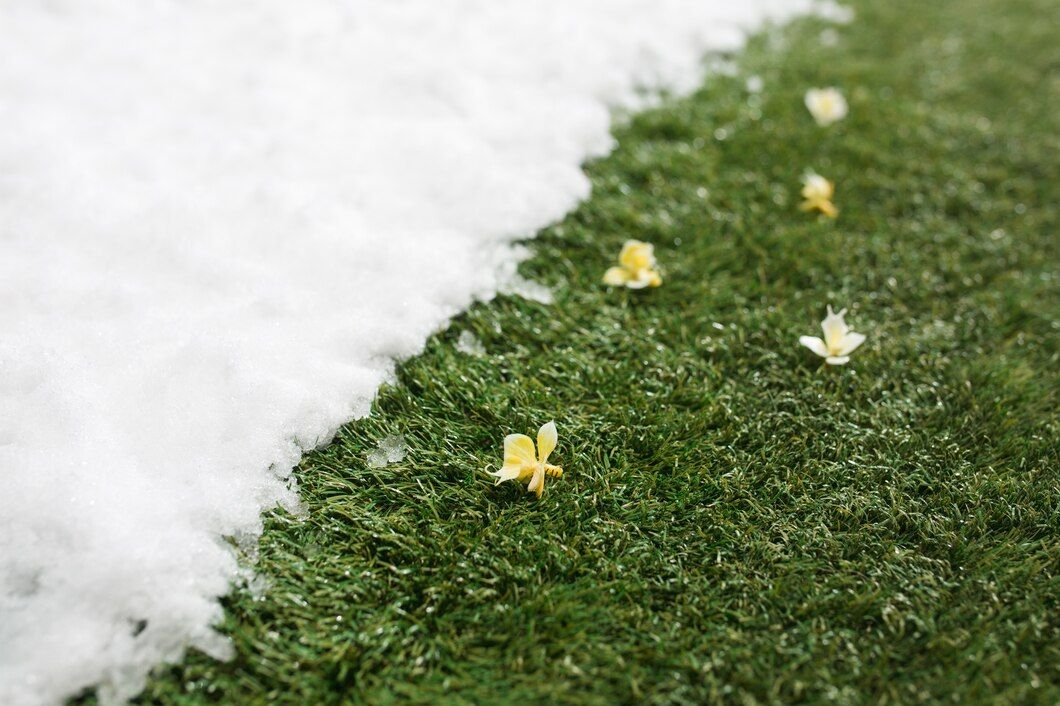What Our Customers Are Saying
Detect and Protect: Managing Common Lawn Diseases for a Lush Green Space
Creating and maintaining a healthy, green lawn is more than just regular watering and mowing. One key aspect often overlooked is managing lawn diseases, which can turn your lush green oasis into a patchy, brown eyesore if not handled properly. Given the diverse climate in New Jersey, our lawns are susceptible to various types of diseases that can thrive under different environmental conditions.
Understanding these diseases and knowing how to effectively manage them is crucial for any lawn owner in our region. From the early signs of infection to proactive prevention measures, we'll guide you through essential techniques to keep your lawn healthy. By staying informed and vigilant, you can protect your lawn from common diseases and maintain its beauty throughout the year.
Let’s explore how to keep your green space looking its best, ensuring it remains a source of pride and enjoyment.
Identifying Common Lawn Diseases in New Jersey
In New Jersey, our lawns are exposed to a variety of conditions that can lead to disease, but knowing what to look out for can make all the difference. Some of the most common ailments include Brown Patch, Dollar Spot, and Red Thread. Brown Patch appears as large, circular areas of brown grass, and is particularly active during hot, humid weather.
Dollar Spot will show itself as small, silver dollar-like patches that are sunken and bleach the grass to a straw color. Red Thread is identifiable by the pink or red threads that bind the grass blades together, usually seen during periods of mild, wet weather.
Understanding these signs is the first step in combating lawn diseases. Each disease has its own distinctive appearance and occurs under specific conditions. By regularly inspecting your lawn and noting any unusual changes, you can catch these diseases early. Familiarizing yourself with these symptoms allows us to act swiftly and efficiently, keeping minor issues from becoming major problems.
Tips for Preventing Lawn Diseases Before They Start
Prevention is always better than cure, and this holds true for lawn care. Keeping diseases at bay involves a few proactive steps that are simple yet effective. Firstly, it's crucial to maintain proper lawn hygiene. Regularly removing debris, fallen leaves, and thatch helps prevent fungal growth and improves air circulation around the grass blades.
Additionally, correct watering practices play a vital role in disease prevention. Watering your lawn deeply but infrequently encourages deeper root growth, which helps the grass survive during dry spells and reduces its susceptibility to disease. It's best to water early in the morning, which allows the grass to dry during the day, thereby reducing the risk of nighttime diseases that thrive in moist conditions.
Lastly, ensure that your lawn is nourished with the right balance of nutrients. Over-fertilizing can promote lush growth, favorable for diseases such as Brown Patch, while a nutrient deficiency can weaken the grass, making it more vulnerable to infections. Regular soil tests can guide you to apply the correct type and amount of fertilizer needed to maintain a healthy balance.
By integrating these preventative measures into your lawn care routine, you can significantly reduce the risk of disease and keep your lawn looking lush and healthy.
How to Treat Your Lawn If Disease Strikes
Even with the best preventative measures, lawn diseases can sometimes take hold. When this happens, quick and targeted action is crucial to restore your lawn to health. The first step is to correctly diagnose the specific disease. This is vital, as different diseases require different treatments. If uncertain, consulting a professional can prevent misdiagnosis and further damage.
Once the disease is identified, applying the appropriate fungicide can be effective. It's important to follow label instructions carefully to ensure it works correctly and safely. Not to mention, adjusting your lawn care practices might also be necessary. This could include changing watering patterns to reduce excessive moisture, or altering mowing habits to avoid further stress on already weakened grass.
In some cases, it may be necessary to aerate the soil to improve drainage and reduce fungal growth.
Maintaining a Healthy Lawn Year-Round
For our lawns to thrive year-round, ongoing maintenance is essential. This means not only responding to issues as they arise but continuously fostering an environment that supports healthy grass. Regular aeration helps the soil breathe and reduces compaction, which in turn facilitates root expansion and improves water absorption. Consistent mowing with sharp blades ensures a clean cut that helps prevent diseases from taking hold.
Additionally, keep your lawn's unique needs in mind as seasons change. Adjust your lawn care regimen with the changing weather—less water in cooler months, possibly more frequent mowing in the growing season. Also, an end-of-season care plan, including proper fertilization and pre-winter conditioning, will help your lawn survive the cold months and emerge healthier in the spring.
From Detection to Protection: Safeguarding Your Lawn Against Disease
Remember, maintaining a lush, disease-free lawn is a commitment to continuous care and attention. With these strategies, we can help your lawn survive and thrive across the seasons, making your outdoor space a source of pride and enjoyment.
If you need help diagnosing lawn problems or developing a care plan that's tailored to New Jersey's unique climate and seasonal variations, reach out to us at Healthy Lawn. Let us help you keep your lawn green and vibrant, no matter the season, with our comprehensive
lawn care services.



